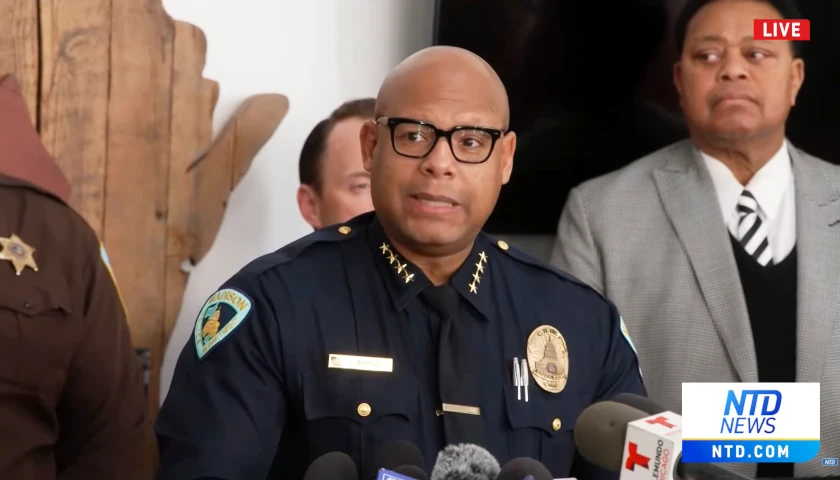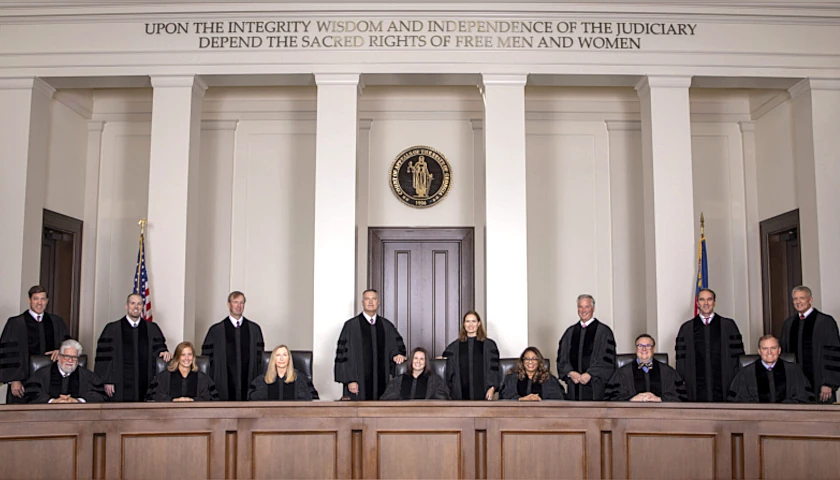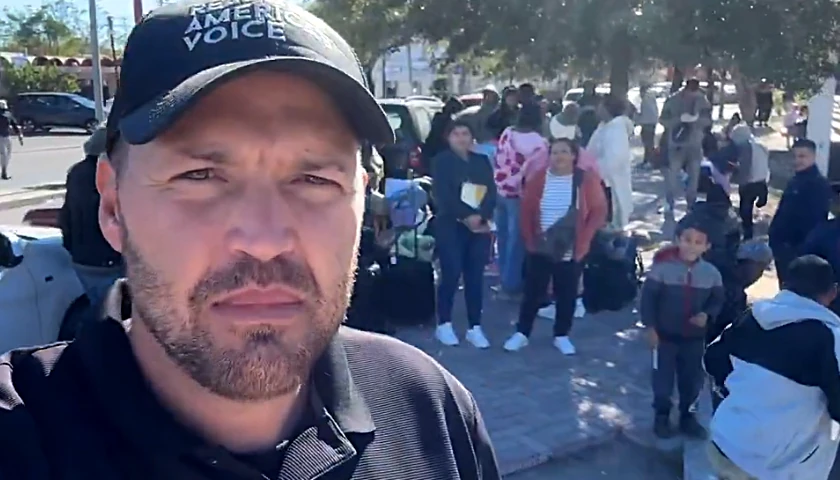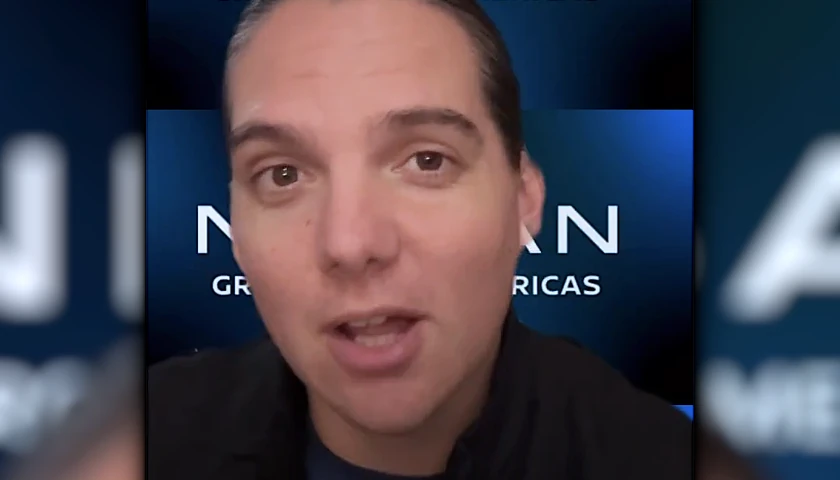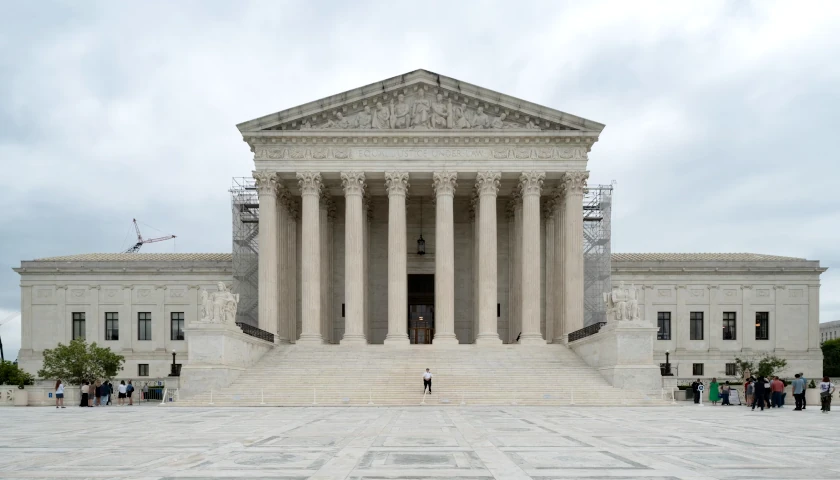Less than a week after an undercover investigation revealed that school administrators in Cincinnati, Ohio have admitted to covertly indoctrinating students with Critical Race Theory (CRT) in the classrooms, they discovered similarly that school officials throughout Utah, are prepared to use “loopholes” in order to promote social justice and CRT to their students.
Ohio and Utah are both conservative states, which is why activist instructors have devised more covert methods of presenting divisive subjects.
As part of Accuracy in Media‘s investigation, numerous school administrators in Utah admitted that teachers are sneakily and covertly introducing CRT to their students unbeknownst to their parents and that they don’t plan to stop.
Letitia Vigil, a teacher specialist for the Jordan School District, outlined how their department of language and culture has played a crucial role in “helping teachers front load those lessons that might be considered CRT, or white privilege–things like that. How to name things and talk about things.”
When asked how the department would respond to a ban on CRT, Michelle Love-Day, director of culture and diversity for the Jordan School District, claimed they had already “kind of gone around” such restrictions.
“The board did a, state board did a definition of ‘what is equity’ and what is contained in schools and they have like a whole policy on professional development around equity. There was like loopholes with it. It just goes back to the (Local Education Agency) for equity,” Love-Day said.
She also revealed that the district is prepared to push diversity, equity, and inclusion and is eager to do so without first seeking permission.
“Whenever our team goes out we don’t do an opt-out prior to. They just go out, meet the kids, work with them … And then we give a letter after they go out saying ‘we were in your school and this is what they talked about,” Love-Day said.
Additionally, Love-Day noted that discussing “microaggressions” is a key component of these talks and that the board and superintendent have continuously shown their support.
Missy Hamilton, director of teaching and learning for the Murray City School District, laughed as she described to investigators a teacher who displayed a Black Lives Matter flag in his classroom that was larger than the American flag. However, he was reportedly unconcerned about the school board taking action. Hamilton acknowledged that this resulted from his support from the teachers union.
“When all of the stuff happened, he had a Black Lives Matter flag, great big one and he was just loud and proud. And even after the board said, you know, ‘you can’t have a flag bigger than the American flag,’ … he was like ‘no.’ ‘No, I’m not going to. He was like ‘fire me,’ right? And he had enough tenure and they’re like ‘Oh, OK.’ You know, he was like ‘write me up. Fire me. What are you going to do?” Hamilton said.
Jordan School District teacher specialist Katrina Kennedy said that “before I was in this role, my department did, we did a discourse unit on social justice issues.”
She continued to say that the reason why the district didn’t inform parents is that “You teach it to a group of seniors at West Jordan High and they don’t tell their parents.”
She also mentioned that it happened during a mandatory English course.
Kennedy further stated the “bullcrap” law that forbade her from asking students for their preferred pronouns “frustrated” her . However, Kennedy claimed she still did so, as did several of her coworkers.
According to Salt Lake City School District, professional development and library technology supervisor Katie Leremia, “The American Federation of Teachers and several other groups, they have this curriculum that they bring in and we have trainers… So we’ve had to train the trainers. So, now we have trainers internally in our district trained on social justice and NEA programs about that.”
Social and Emotional Learning (SEL) is a common Trojan Horse for CRT and according to Ogden School District executive director of instructional leadership for elementary Sarah Roberts said that they “have an SEL curriculum in every school and that’s the state expectation. That comes from the legislature, you guys.”
According to Roberts, the “woke curriculum” consists just of the SEL portion of the curriculum. She claimed to have alternative curricula that “meets the same objectives” of SEL in the event that parents do not want their children to participate in those lessons but “it is still an SEL curriculum.”
Utah, in particular, has a law that permits book challenges in educational settings. However, the procedure is time-consuming and challenging.
The goal of the measure, which Utah Governor Spencer Cox (R) signed into law last year, was to ban “certain sensitive instructional materials in public schools.” Local districts, however, certainly don’t operate in this manner.
According to Leremia, “anybody who requests the book to be banned has to have read the entire book, and their child has to have read the entire book. And then they have to meet with the committee, that includes parents and teachers and administrators and district people.”
Few people actually go through the lengthy, laborious process, according to school administrators.
Leremia also revealed that Planned Parenthood contributes to her district’s curriculum. “We have a very close partnership with Planned Parenthood and they come speak in our district all the time,” she said. She claimed that although it is on the website, the school does not specifically inform parents of this information.
Similar to Ohio’s Senate Bill (SB) 11 the Parental Education Freedom Act which aims to allow parents to make educational decisions that are best for their children and to help end the political games played by the public education system, Utah has a comparable piece of legislation in House Bill (HB) 215. HB 215 known as Funding for Teacher Salaries and Optional Education aims to create the Utah Fits All Scholarship Program that would allow for funding to go directly to students if their families choose to seek alternative education.
The state Senate approved the bill by a vote of 20-8 on Thursday. It will now go to Cox’s desk, who has indicated support for the proposal. In order to “get teachers the pay raise they deserve,” the governor referred to the idea as “a very balanced approach.”
Instead of just paying public schools, funding children directly would compel school districts to get their act together and stop misleading parents in order to compete with private and homeschooling options.
– – –
Hannah Poling is a lead reporter at The Ohio Star and The Star News Network. Follow Hannah on Twitter @HannahPoling1. Email tips to [email protected]
Photo “Teacher and Students” by Yan Krukau.



